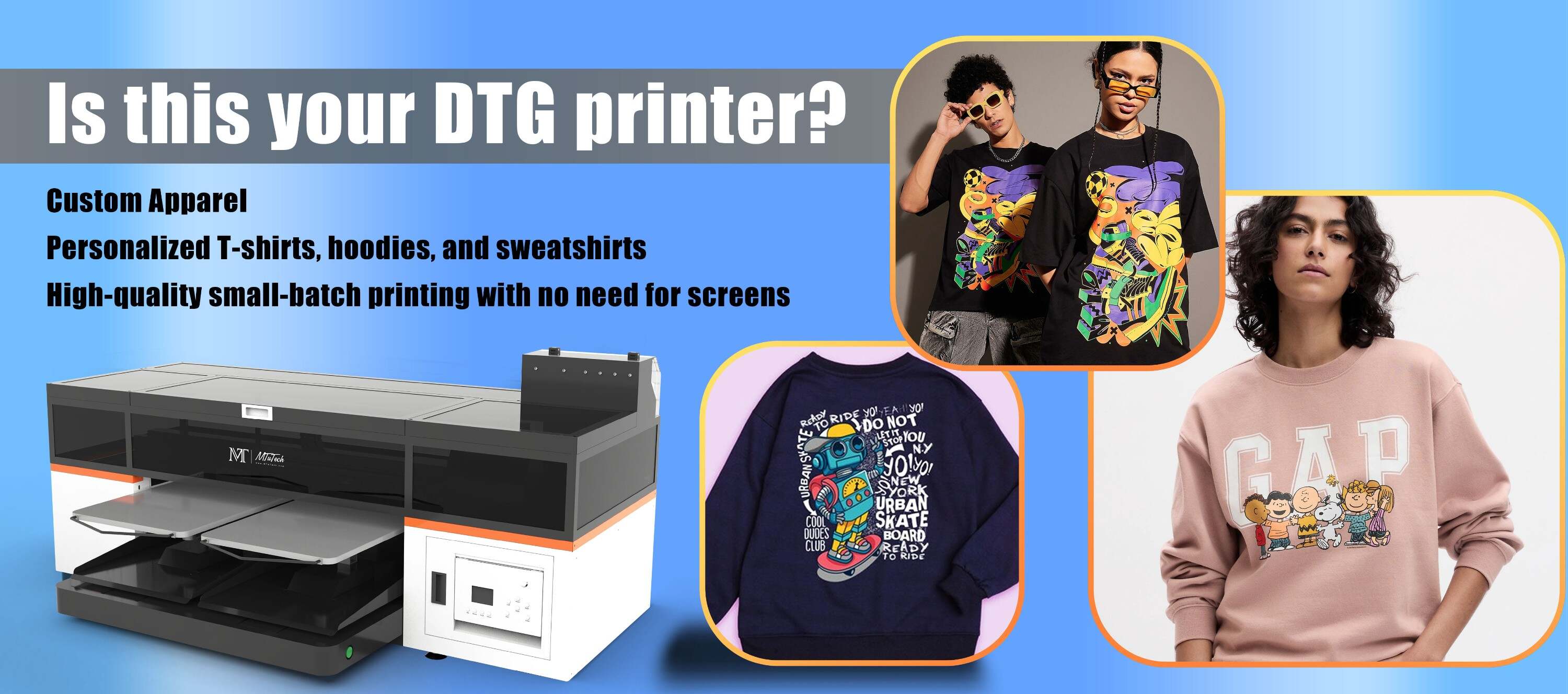Customization is a big trend in the fashion industry, and one way businesses can capitalize on this trend is by using direct to garment (DTG) printing. DTG printing allows for high detail and unlimited color use, making it a favorite for custom and small-batch orders. But creating unique and engaging designs can be cumbersome, especially for businesses dealing with high volumes of orders. That's where artificial intelligence (AI) comes in. AI can automate the design process, generating unique patterns and designs based on customer preferences or trending styles. This blog explores how AI can enhance the DTG t-shirt designs and boost productivity in your business.
Introduction to AI in DTG Printing
Direct to garment printing or DTG is a form of digital printing for apparel where designs are printed directly onto garments, typically t-shirts. Unlike traditional screen printing, which requires significant setup and cleanup for each design, DTG printing is quick and easy to change designs making it ideal for small runs or individual customization. Of course, this process still requires a high-quality design to print, which is where AI comes in.
Benefits of Using AI in DTG Printing
Automated Design Process
AI can significantly reduce the time it takes to create unique designs. Instead of manually making each design, an AI algorithm can generate countless designs in a fraction of the time.
Improved Quality
AI algorithms can be trained to recognize and improve top quality designs. This means that AI can not only create but also validate the quality of each design, ensuring only the best designs are printed.
Personalized Designs
Personalization is a key trend in the retail industry. Customers like products that are unique and cater to their specific taste. Ai can analyze customer data or trends and use it to generate custom designs for each customer.
Features of AI in DTG Printing
When used with the right DTG printer, AI can enhance your design process in a multitude of ways. Here are some of the features of AI when used in the DTG t-shirt design process.
Image Recognition
AI can identify and differentiate between images, improving the clarity and quality of printed designs. AI can also recognize poorly designed images and fix them before they are printed, minimizing waste.
Customer Data Analysis
AI can digest big data, such as customer preferences, trending designs, and more, using the information to create on-demand custom designs. This allows businesses to cater to each customer's specific tastes and preferences without a time-consuming manual design process.
Productivity
AI can vastly improve the speed of the design process, making it possible for businesses to handle larger volumes of personalized orders with ease.
Conclusion
Artificial Intelligence has already begun to disrupt different industries, and the fashion industry is no exception. Implementing AI in DTG shirt printing can automate and enhance the design process, making it possible for businesses to offer more personalized products and handle large volumes orders efficiently. Whether it's the ability to create and recognize high-quality designs, analyze customer data, or improve productivity, AI brings plentiful opportunities to the DTG printing process.
FAQ Section
Is it complicated to implement AI in DTG Printing?
Not necessarily. While the initial setup and training might require some technical know-how, once set up, AI can automate much of the designing process, making it easier for your team to handle orders.
Can AI replace designers in the DTG T-Shirt business?
No, AI is not designed to replace human designers but to aid them. AI can handle repetitive tasks and generate designs based on specific guidelines, but human creativity and intuition are still integral to the design process.
Is it expensive to integrate AI in DTG Printing?
Initial costs can be higher due to the need for software and potentially hardware. But considering the benefits such as increased productivity, improved design quality, and automation of the design process, many businesses find that the ROI makes the investment worthwhile.

